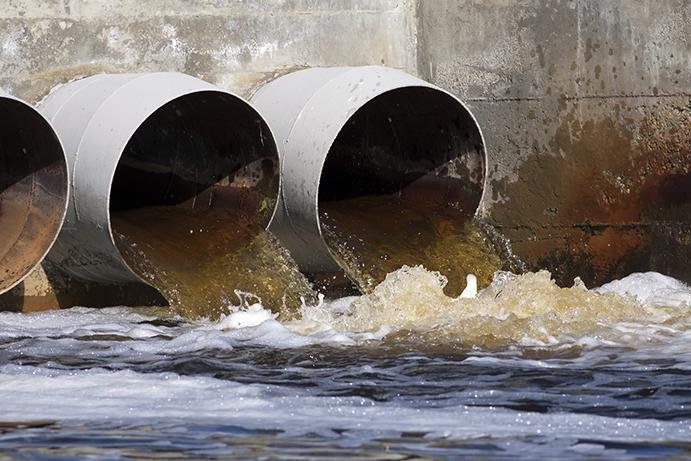Current technologies used by municipal wastewater treatment facilities don't sufficiently remove contaminants like BPA. Photo by CRIQ
MONTREAL, Jan. 12 (UPI) -- A team of researchers from two Canadian research institutions have been granted a U.S. patent for their newly developed wastewater treatment system, which removes emerging micropollutants like bisphenol-A -- better known as BPA.
The treatment technology, known as the membrane bioreactor system, was developed by scientists with the Centre de recherche industrielle du Quebec, or CRIQ, and Institut national de recherche scientifique, or INRS.
According to a statement released by both organizations, early studies showed their membrane technology is capable of removing 99 percent of BPA and similar contaminants from heavily polluted water. BPA is a synthetic compound commonly used in the production of plastics and epoxy resins.
BPA has been shown to disrupt the human endocrine system and other physiological processes, and is linked with a range of health problems.
CRIQ and INRS say their system is also able to remove medications from wastewater, including antidepressants, antibiotics, analgesics, hormones, anticonvulsants and chemotherapy products. Researchers suggest their technology could be installed at the source -- hospitals and industrial plants, for example -- to remove contaminants from wastewater before it ever reaches municipal treatment facilities.
Current municipal wastewater collection systems aren't capable of sufficiently removing micropollutants like medication and bisphenols.
"Results indicate this is an especially promising approach toward protecting the environment from micropollutants, which carry real risks for human and animal health," said Gerardo Buelna, research officer at CRIQ.
"The presence of micropollutants in effluents carries risks that justify research efforts," added Patrick Drogui, professor at INRS. "The technology developed by CRIQ and INRS, when installed directly at the source in hospitals, could reduce or even eliminate those risks."















